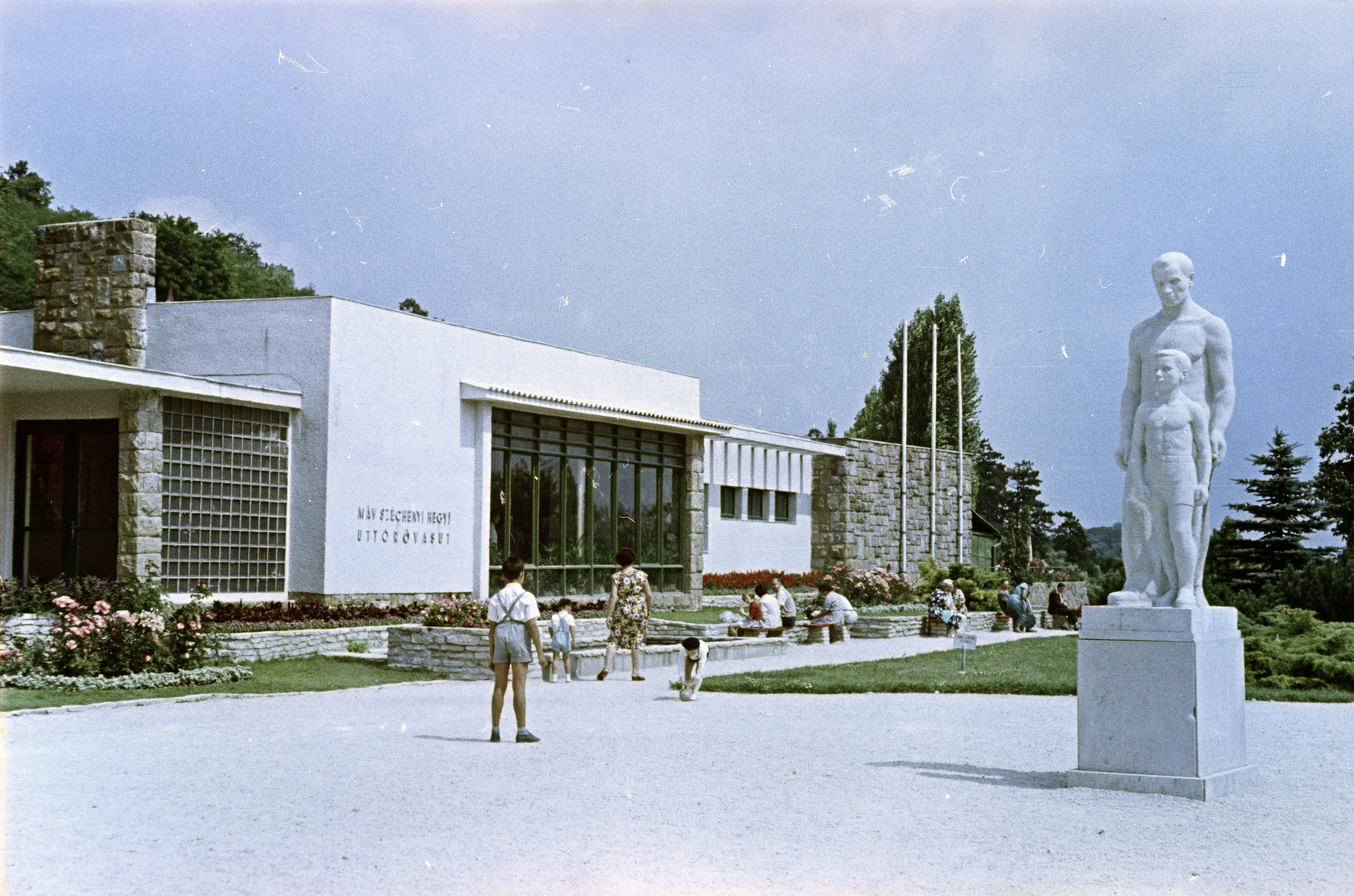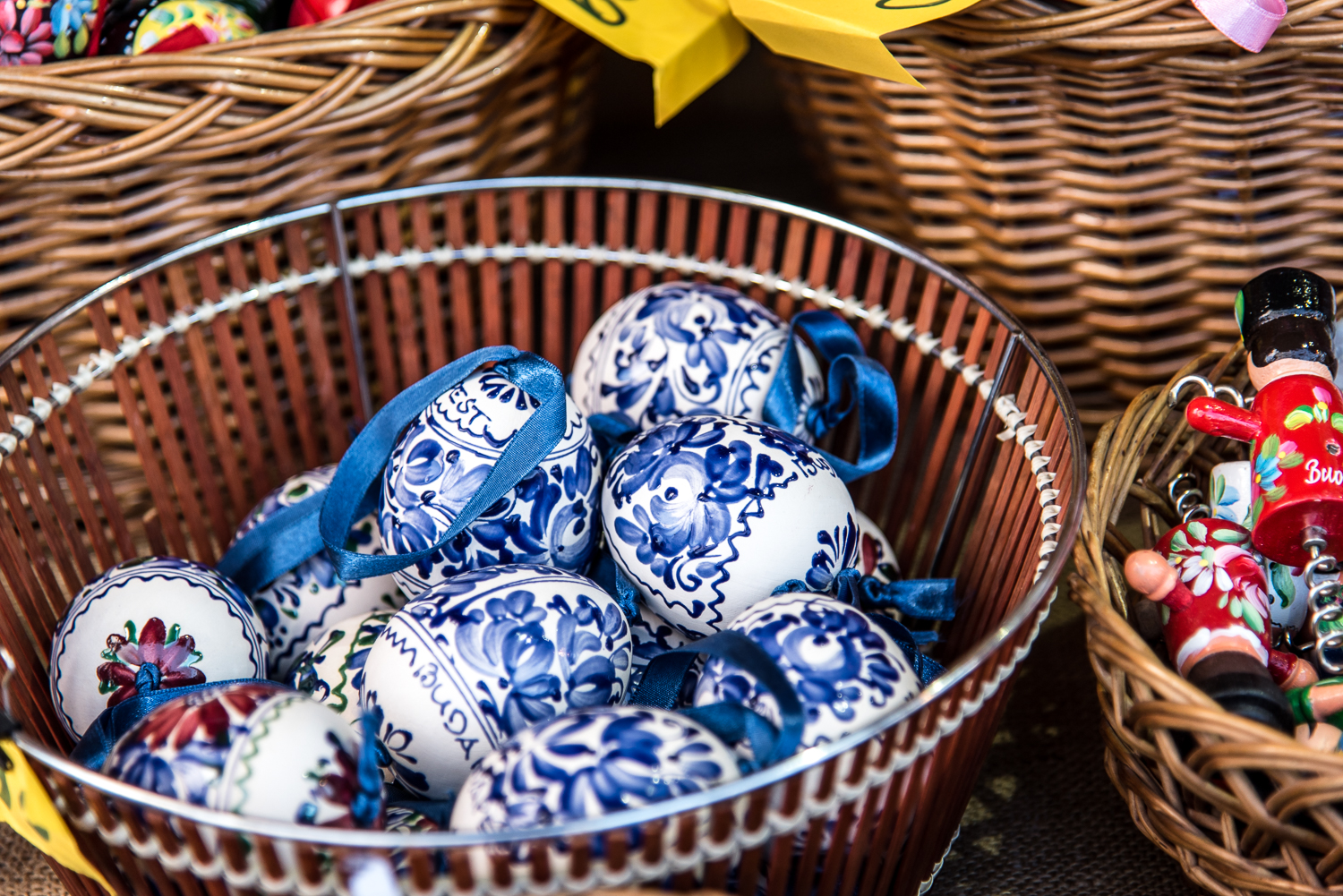The forest-covered saddle of Szépjuhászné, created from clay and loess alluvium, was called Ságvári-liget between 1949 and 1992. Some 700 years before, a Pauline monastery was built here, later a place of pilgrimage.
Pauline Monastery of Budaszentlőrinc
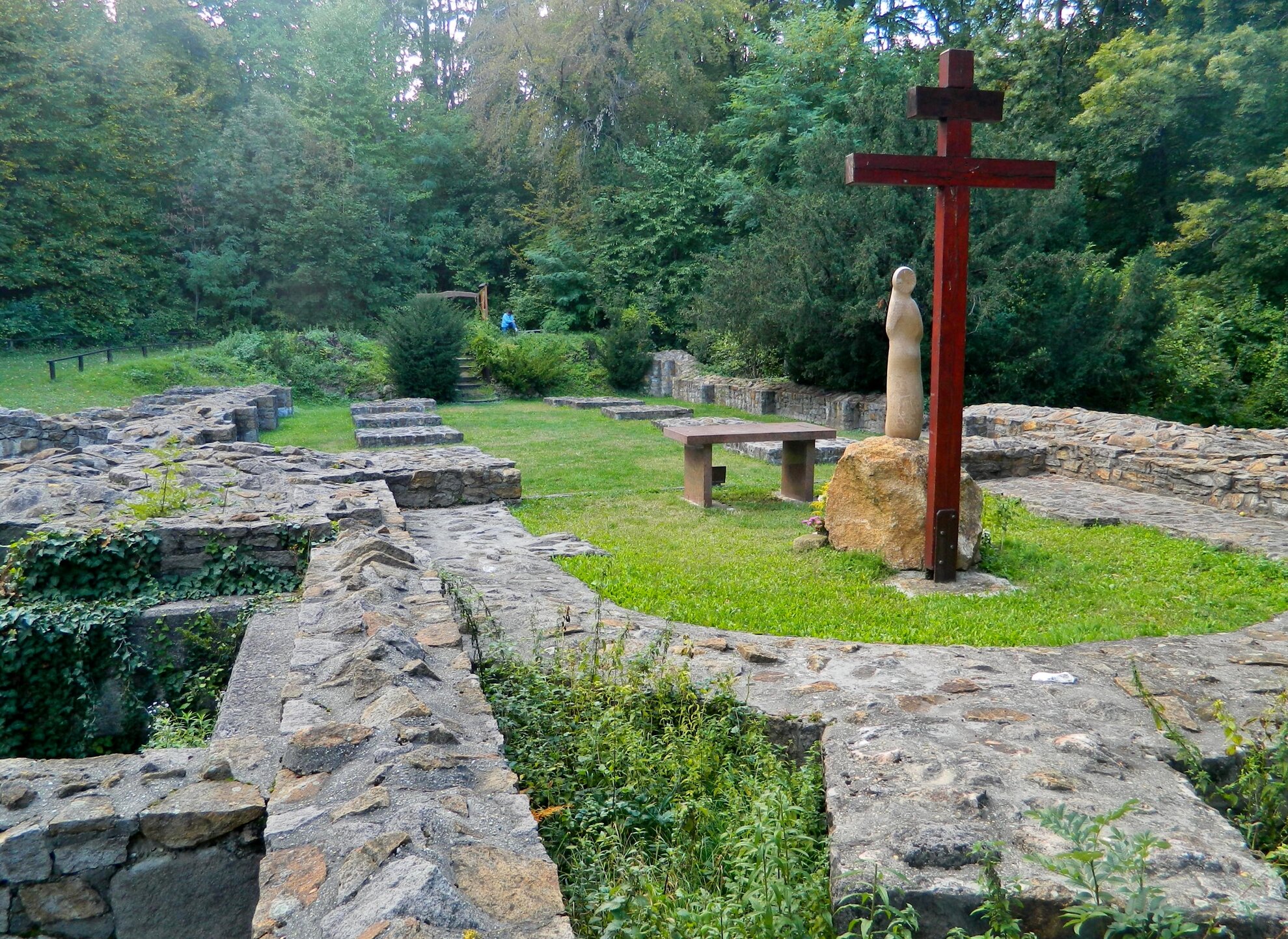
According to one medieval source, a chapel dedicated to St Lawrence was built in 1290 at Budakeszi út 91-95. The site was later named Budaszentlőrinc accordingly. Around 1301, they opened a Pauline monastery here, as well as a bathhouse, and from 1381 the monastery became a place of pilgrimage. Today, you can only see the foundation walls, as most of the stones were used in the construction of houses built in the area.
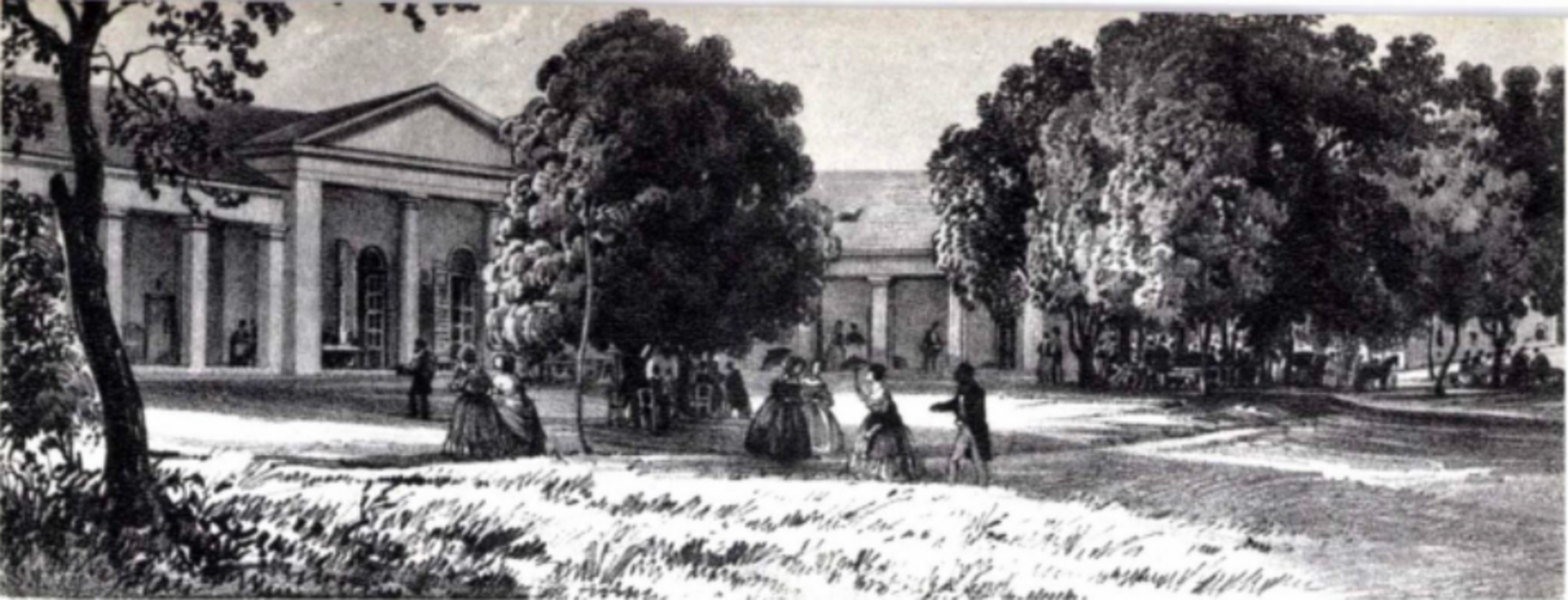
The legendary Szép Juhászné restaurant was built here at the end of the 18th century. Writer and historian Éva Gál later described its construction:
From monastery to tavern
“It was probably the increasing number of people coming here that led the owner of the meadow Háromholdas rét on the site of today’s Ságvári-liget, János Pavianovich – then the clerk of the City of Buda – to build a small inn here around 1780. Named Szép Juhászné (Wirtshaus zur schönen Schäferin or the Beautiful Shepherdess Tavern) was the first modern building on Budakeszi út. Nearby, the ruins of the medieval Pauline monastery still rose high above the ground. Most of its stones were taken away in the 18th century then used for other construction work towards the end of the 19th century. Szép Juhászné soon became a popular excursion destination. The owner then added a two-storey building. By the 1830s, the later owner had a lovely, classicist-style inn built next to the old house”. Source: Arcanum Digital Science Library, Budapest. Issue 5, May 1983. Éva Gál, From Szép Juhászné to Csendilla.
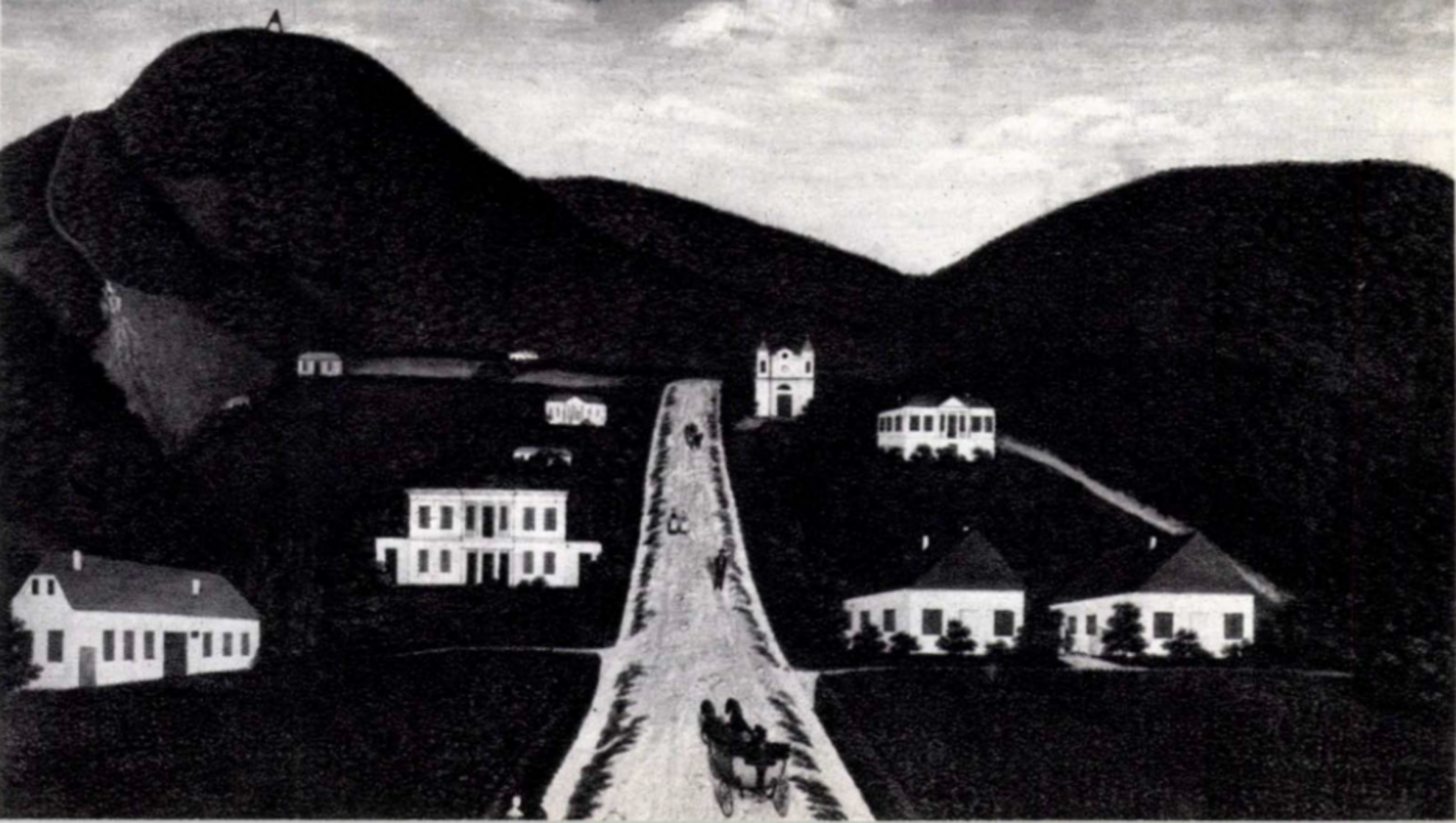
In addition to Szép Juhászné, other taverns were established along Budakeszi út from the end of the 18th century, but the name of the original one – and the painting that decorated it – linked to the medieval legend that eventually gave the area its name. According to the local lore, this site – along twisty-turny Szépjuhászné út and the whole area of Hűvösvölgy – was once the hunting ground of King Mátyás, the revered monarch of Renaissance Hungary.
Here, they say, he became acquainted with a beautiful
shepherdess. Exactly how is lost in the mists of time, but the tale lived on. This
is how the tavern, then the area, got their names. The popular restaurant had several
owners until the first third of the 20th century, but by the early 1930s it had become a ruin and the owner
completely demolished it.
The carved stones of the former Pauline monastery,
which had been built into the walls of the old inn, were cut up and sold.
Today, only the name of one of the bus stops on Szépjuhászné út and the station on
the Children’s Railway preserve its memory.
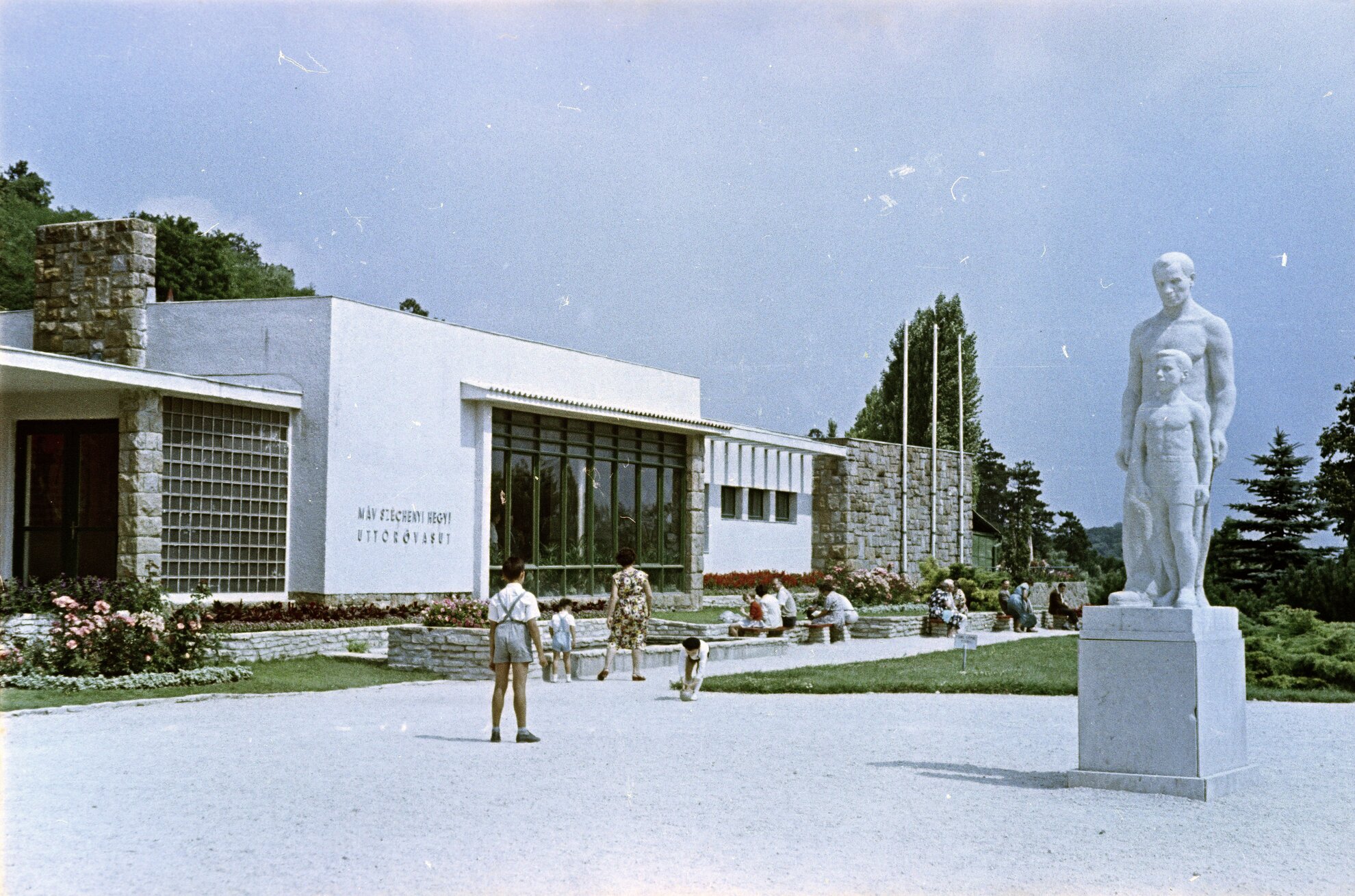
In 1947, the authorities decided to follow the Soviet model and establish a pioneer railway, staffed by schoolchildren with the best grades. Two stops from the Hűvösvölgy terminus, Ságvári-liget (today Szépjuhászné) station was unveiled on 24 June 1949, and, on the national holiday of 20 August 1950, the 198-metre-long tunnel through Nagy-Hárs Hill was also opened.
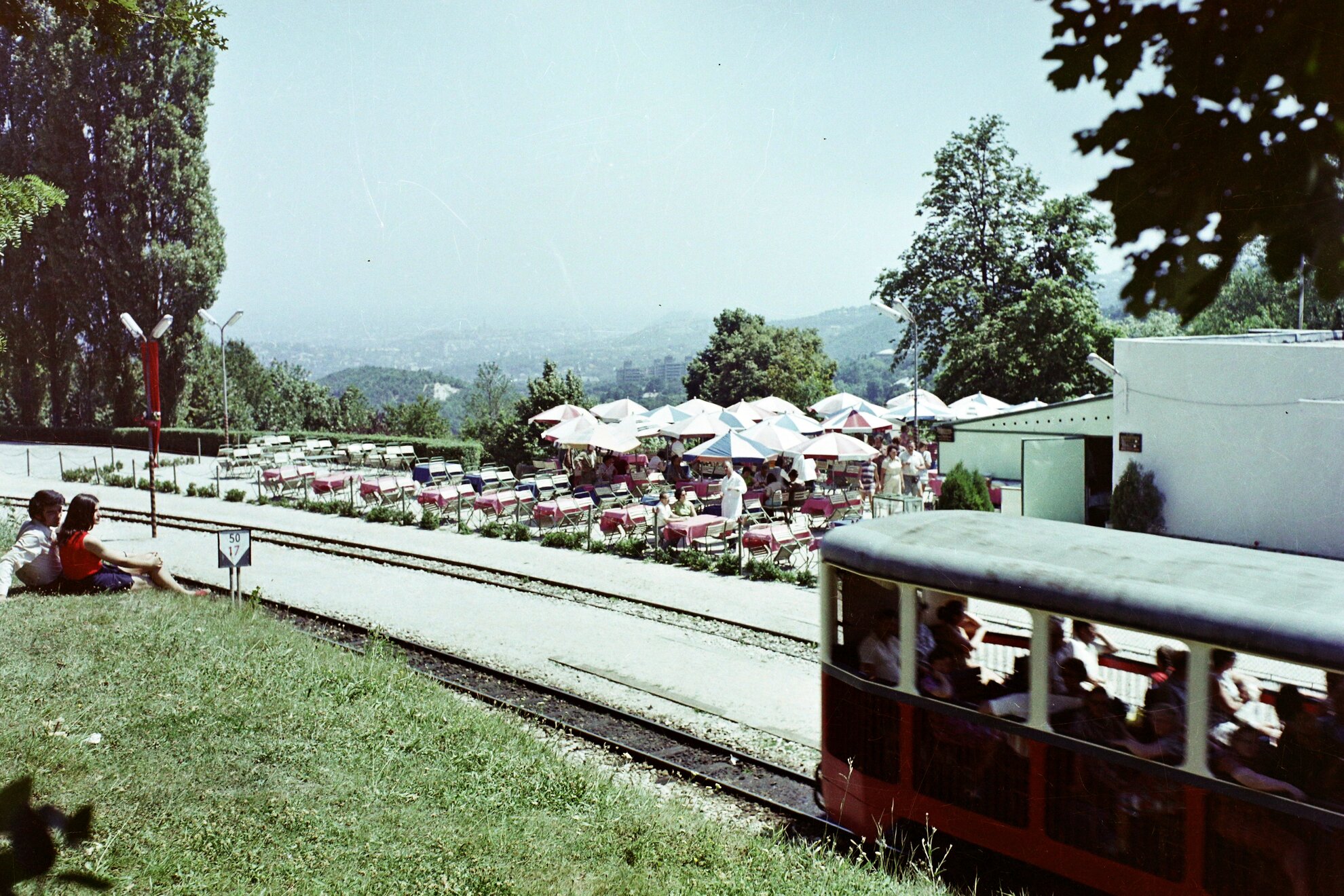
After the Fall of Communism in 1989, the Children’s Railway remained equally popular, indicated by investment of 100 million forints by state rail company MÁV in its renovation. On 23 June 2012, more than 200 new schoolchildren were inducted as staff.
